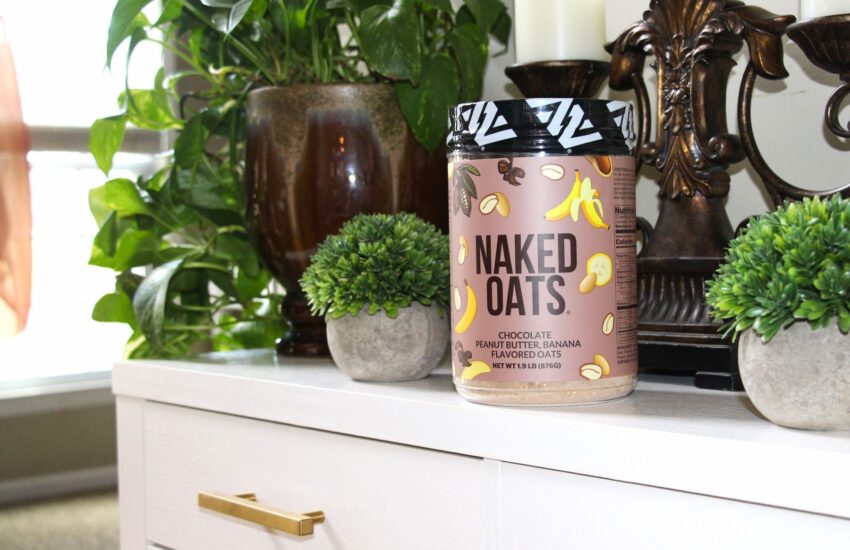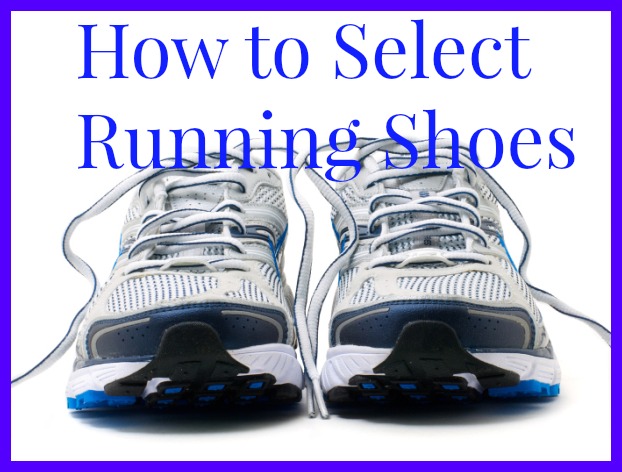Is Mobility Becoming A Trouble For You? Here Is All That You Can Do?
Many Australians have mobility-related problems, and this gets aggravated when they cross their 60s. Lack of mobility might result from old age, accidents or other ailments. Thankfully, mobility-related issues can be addressed by several assistive devices. This article will guide you to get the right assistive device for your elderly.
- Wheelchairs
One of the most common assistive devices for the elderly is a wheelchair. This equipment is best for people who have lost their strength in their legs, and thighs. A typical wheelchair comes with four wheels, two of them are significant, and the other two small. There is a seat as well for the elderly to relax. He can place his feet on a small platform that lies between the two small wheels.
Wheelchairs can be manual as well as automatic. You can power the wheelchair by pushing the two big wheels forward or backwards. However, wheelchairs have certain limitations, e.g. they cannot climb inclines or cross small barriers. If you are looking around for the best wheelchair for your elderly, check companies like Safety and Mobility. Of late, there has been a lot of innovation in wheelchairs. Some chairs help patients stand in an upright position while moving around.
- Mobile scooters
Electric wheelchairs can be adapted into portable scooters, which can be navigated quite easily. You can move around using this device with the help of a steering wheel. Mobile scooters, though expensive, are used by patients who have little strength in their bodies.
- Canes or Walking Sticks
Many infirm and old people use canes or walking sticks for moving around. Typically, the length of a cane is lesser than the height of the patient. Walking sticks are meant for those who have limited strength in their legs and thighs. It’s also used by patients who have some strength in their wrists, and palms. The basic principle behind a cane is that it transfers load from the legs to the upper torso. If your elderly is recovering from a shattered wrist, palm or wrist, it is better to avoid this assistive device.
- Walkers
Another great assistive device for your elderly is the walker. It is made of light material such as aluminium and helps all those who have very little strength left in their lower limbs. A typical walker is made of three or four legs. To use it, the patient lifts the walker and places it down a few paces ahead. Next, he walks that many paces while holding the walker.
Some walkers come with wheels fitted under the legs. Wheel based walkers help patients move around effortlessly without having to lift their assistive device. Some other walkers come with knee-rests. Patients can walk around keeping one knee placed on the pad and using the other leg. If your elderly is suffering from epilepsy, consider giving him a walker.
- Crutches
These assistive aids use the shoulder as a balancing platform A typical crutch is made of aluminium or wood and has a pad on its top. The latter is placed under the shoulder so that it presses against the top part of your rib cage. The two arms of the crutch are joined in the middle with a connector. Patients grasp this connector while walking around.
Depending upon your health and limb strength, you may need either one walker or two. Crutches come with different functionalities. In some devices, the arm is placed horizontally so that there is less strain on the forearm. Lastly, many elderlies have pet dogs as their assistive companions. Specially trained dogs help visually impaired persons to move around.


